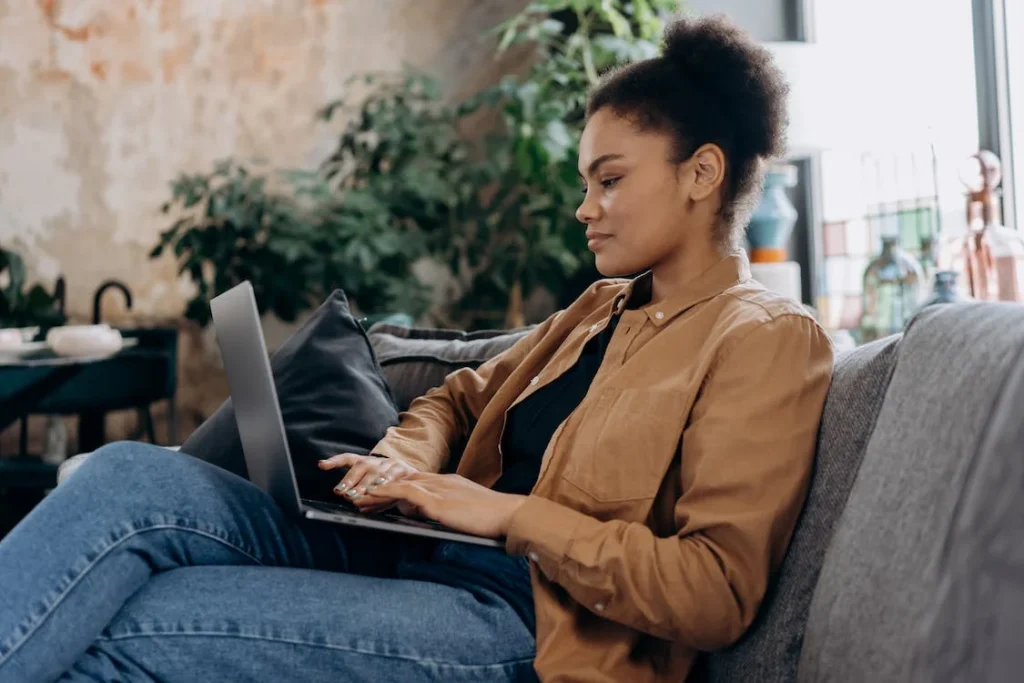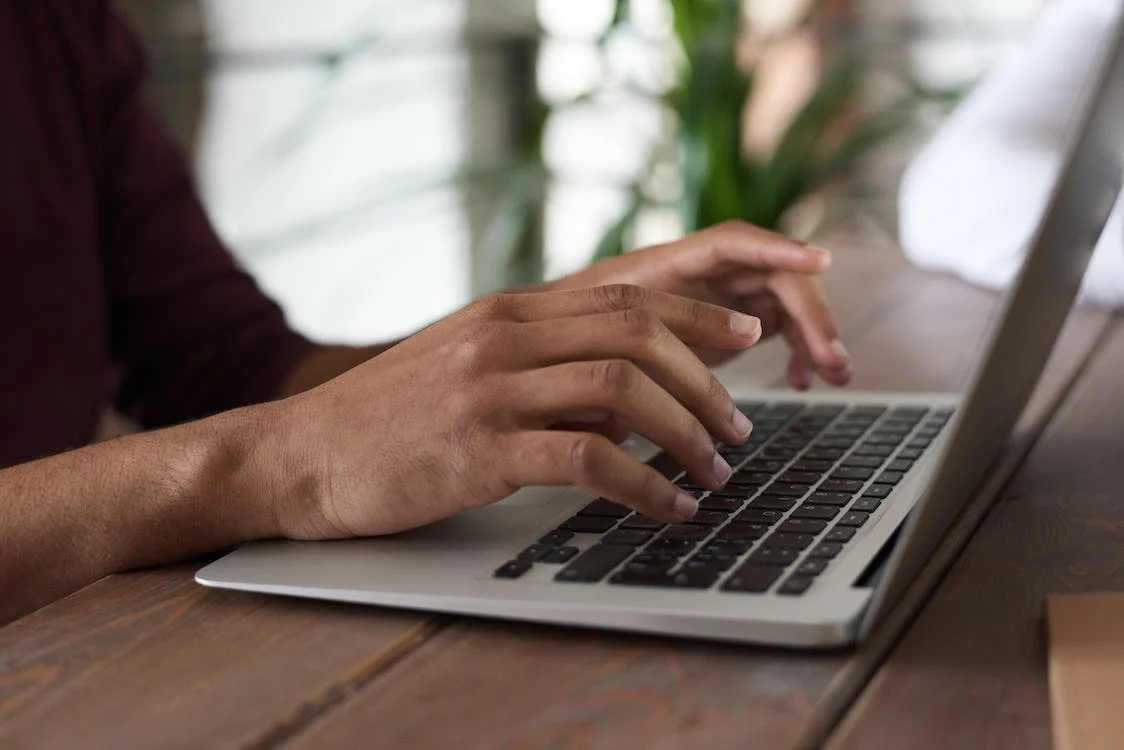In today’s digital age, learning the art of email communication is essential. Whether you’re a student, a professional, or just keeping in touch with friends and family, knowing how to prepare an effective email introduction can make a significant difference in how your message is received. This guide will provide you with important tips and examples for creating both formal and casual email introductions, ensuring your they are always clear, respectful, and appropriate for their intended audience.
Mastering the art of email introduction
An impactful email introduction is vital for effective communication. It not only sets the tone but also clarifies the email’s purpose to the recipient. Here’s how to prepare a compelling email introduction:
- Start with a polite greeting. Begin every email with a warm greeting. This could be a simple “Hello,” “Dear [Name],” or any appropriate salutation based on your relationship with the recipient.
- Include a friendly opening line. After the greeting, add a warm opening phrase. For instance, “I trust this message finds you well,” or “I hope you’re having a great day.” This adds a personal touch and shows respect.
- State your purpose clearly. Concisely explain the reason for your email. This should directly follow your opening line, providing a smooth transition to the main content of your message.
- Personalize your introduction. Tailor your introduction to the recipient. If you’re writing to someone you’ve met before, a brief reference to your last interaction can be a nice touch.
- Prepare a clear subject line. The subject line is a critical element of your email. It should be concise and specific, summarizing the email’s content in a few words. Avoid ambiguous descriptions to ensure the recipient knows the email’s relevance at a glance.
For example, a job applicant might write:

These basic principles serve as the foundation for effective email introductions. In the following sections, we will explore more specific guidelines and examples for both formal and casual email contexts, providing deeper insights into the art of email communication.

Guidelines for formal email introduction
Formal emails are essential for professional communication, whether with someone in an official power or unfamiliar to you. This includes interactions with superiors, colleagues, or even external contacts like clients. Let’s look at key elements to consider for a formal email introduction:
- Use a professional opening line. Start with a formal greeting such as “Dear [Title and Last Name],” or “To Whom It May Concern,” if the recipient’s name is unknown. This shows respect and professionalism.
- Show politeness in the first sentence. Include a polite sentence to express goodwill, like “I trust this message finds you well,” or “I hope you’re having a productive day.”
- Self-introduction for first-time emails. If you’re emailing someone for the first time, introduce yourself with your full name and your role or connection. For example, “My name is Emily Chen, an analyst at XYZ Corporation.”
- Strengthen professionalism in language. Avoid informal language, emojis, or everyday expressions. Also, avoid sharing too much personal information or irrelevant stories in a professional setting.
Here is an example of a formal email introduction:

These guidelines help ensure that your email introduction is appropriately formal, setting a professional tone for the rest of your communication. Remember, a well-created introduction can significantly impact how your email is perceived and responded to.
Essentials for preparing a casual email introduction
Casual emails differ from formal ones in tone and language, typically used when communicating with friends, family, or understandings. Consider the following key elements:
- Opt for a relaxed tone. Use a conversational and informal tone. This can be achieved through everyday language and a more personal approach.
- Begin with a friendly greeting. Start with a casual salutation like “Hi [Name],” or “Hey there!” It sets a friendly tone right from the start.
- Personalize your opening. Unlike formal emails, casual ones allow for a more personalized introduction. For example, “Just wanted to check in and see how you’re doing,” or “Thought I’d drop you a line to catch up.”
- Feel free to use lighter language. It’s okay to use emojis, colloquial terms, and even humor in casual emails, especially if it suits your relationship with the recipient.
- Support respect and clarity. While casual, your email should still be respectful and clear enough for the recipient to understand your message without confusion.
Here is an example of an informal email introduction:

These tips will help you create a casual email introduction that is friendly yet clear, guaranteeing a comfortable conversation with someone you know well.

Differentiating between formal and informal email subject lines
Having explored the nuances of casual email introductions, it’s equally important to understand how the tone of email subject lines can vary between formal and informal contexts. Let’s dive into the key differences that describe formal and informal subject lines, setting the right expectations for your email’s content:
- Clarity and professionalism in formal emails. For a formal email, the subject line should be clear, concise, and devoid of casual language. This ensures that the recipient understands the seriousness and specific context of the email.
- Flexibility in informal contexts. When it’s appropriate to use an informal tone – like emailing a friend or a close colleague – the subject line can be more relaxed and personal. It can reflect a conversational style and even include colloquialisms or emojis, if suitable.
- Keep ‘Re:’ for formal replies. In formal email replies, use “Re:” (short for “regarding”) to indicate a continuation of a previous discussion. This is less common in casual conversations.
To illustrate the distinctions between formal and informal subject lines, the following table presents side-by-side comparisons of how a similar topic can be addressed differently depending on the context:
| Formal | Informal |
| Meeting Request for Project Discussion | Let’s chat about our project soon! |
| Inquiry Regarding Account Status Update | What’s up with my account? |
| Confirmation of Interview Appointment | Are we still on for the interview tomorrow? |
| Proposal Submission Deadline Reminder | Heads up: When’s that proposal due again? |
By differentiating the subject lines, you set the right tone for the rest of the email. A well-chosen subject line in both formal and informal emails ensures that the recipient has the right expectations before even opening the email.
Selecting appropriate email introduction phrases
The choice of phrases for an email introduction should align with the email’s tone – formal or casual – and its overall subject. Below are some varied phrases to help courteously open an email:
Greeting phrases
| Formal | Informal |
| To Whom It May Concern, | Hey there! |
| Dear [Title and Name], | Hi [Name], |
| Greetings, | Hello, |
| Good Day, | What’s new? |
| Respectfully Addressing, | Yo [Name]! |
| Esteemed [Title and Name], | Howdy, |
In formal emails, it’s expected to use titles with the recipient’s last name, like “Dear Ms. Brown,” or “Dear Dr. Adams,” to keep a professional and respectful tone.
Opening lines
| Formal | Informal |
| I trust this message finds you well. | Hope you’re doing great! |
| I am writing to you regarding… | Just wanted to check in and see… |
| Thank you for your attention to this matter. | Hey, did you hear about… |
| Your assistance in this matter is greatly appreciated. | Got a minute to chat about something? |
| Please allow me to introduce myself; I am [Your Name], [Your Position]. | Remember our conversation about [Topic]? Got an update! |
It’s important to ensure your email is free from grammatical and spelling errors, regardless of its formality. Using our platform’s proofreading service can greatly improve the professionalism and clarity of your message, helping you to communicate effectively.
Remember, the right choice of words in your email introduction sets the stage for the entire message. Whether formal or casual, your email’s opening can significantly impact the tone of the conversation and the impression you make on the recipient.

Art of preparing responses in email communication
When replying to emails, maintaining the appropriate level of formality and tone as the original message is key. A good response typically begins with an expression of gratitude or acknowledgment of the email’s content, followed by addressing the subject at hand.
Formal email response
- Start with a polite acknowledgment: “Dear [Name], Thank you for your detailed email.”
- Address the question or issue: “Regarding your question about the project timeline, I would like to clarify that…”
- Offer further assistance or information: “Should you need additional details, please feel free to contact me.”
Here is an example of a formal email response:

Informal email response
- Begin with a friendly opening: “Hey [Name], thanks for reaching out!”
- Get straight to the point: “About the meeting you mentioned, are we thinking next week?”
- Close with a personal touch: “Catch up soon!”
Here is an example of an informal email response:

Remember, in informal replies, it’s okay to be more direct and less formal. However, always keep a respectful and clear tone, ensuring the recipient feels valued. Whether formal or informal, your response reflects your communication style and professionalism.
Conclusion
| Today, the ability to prepare a compelling email introduction is necessary. This guide has walked you through the nuances of creating both formal and casual email introductions, offering insights to ensure your messages are received with the clarity and respect they deserve. Whether you’re reaching out to a professional contact or dropping a casual note to a friend, remember that your email introduction is more than just words; it’s the bridge that connects your message to the world. By applying these insights and examples, you’re not just sending emails; you’re promoting connections, building relationships, and navigating the digital landscape with confidence and grace. So, the next time you compose an email, recall the art of email introduction and make every word count. |
